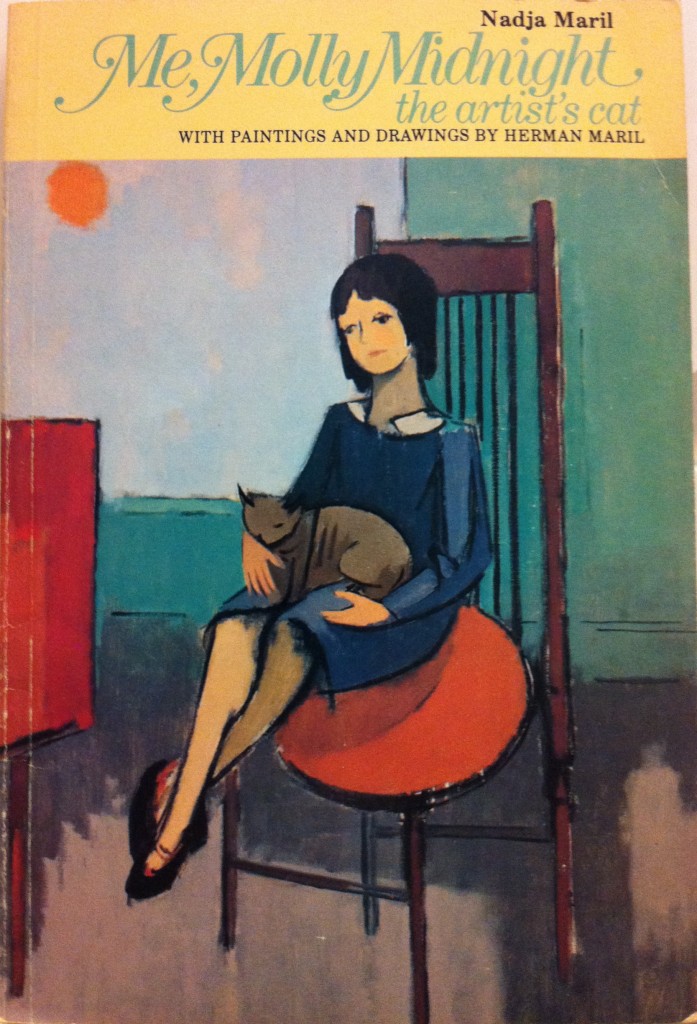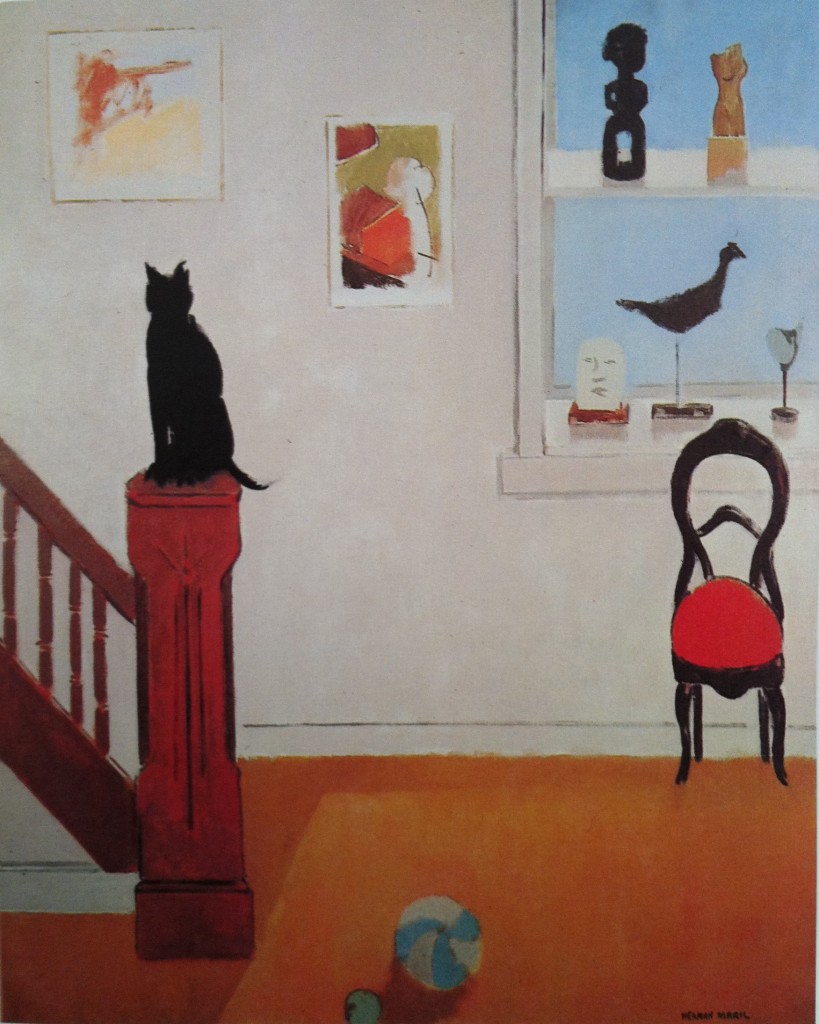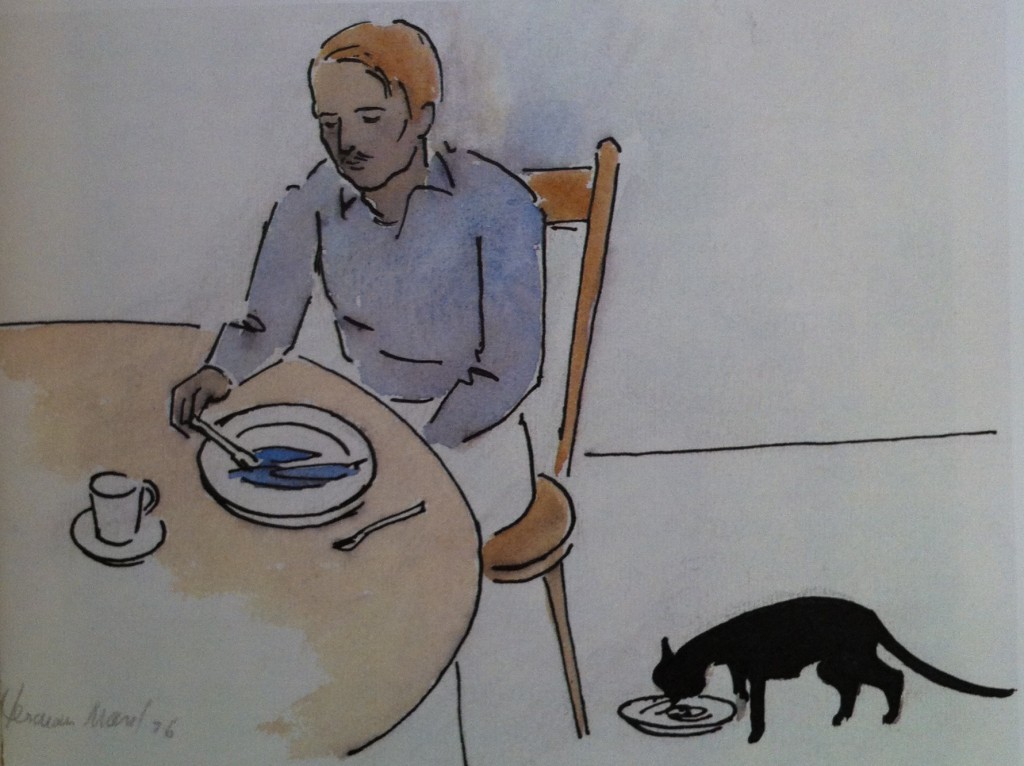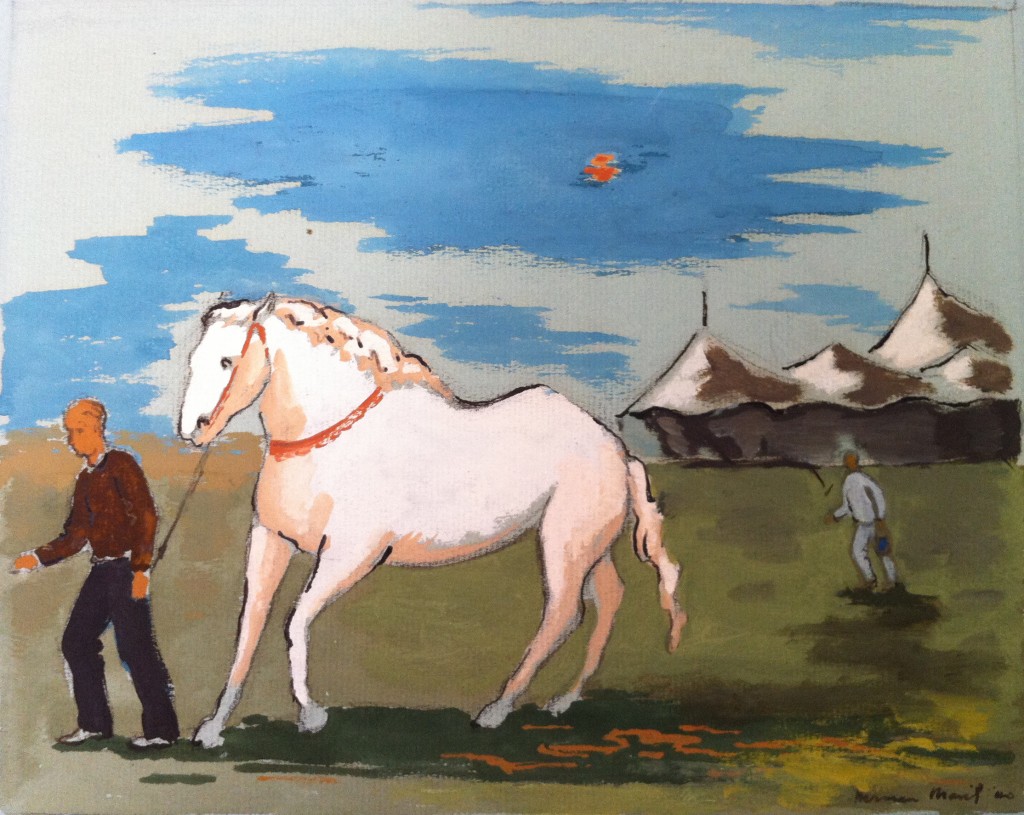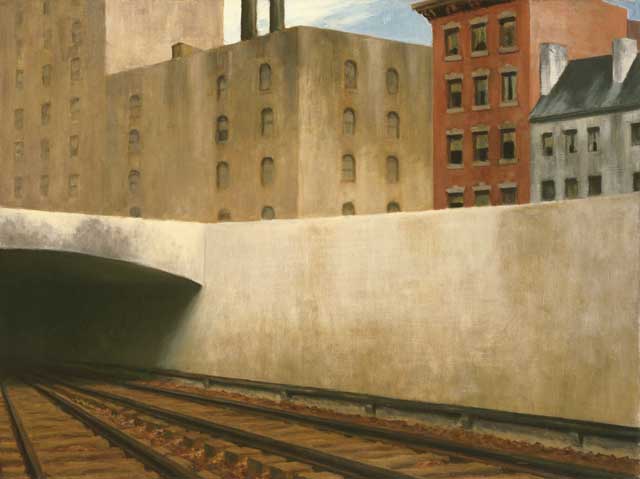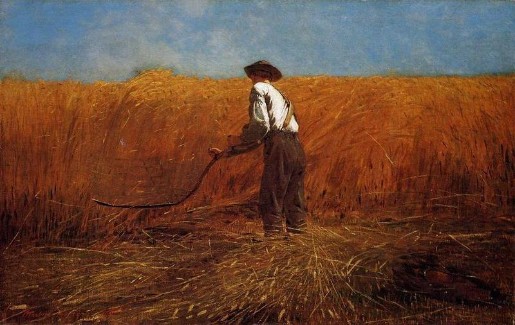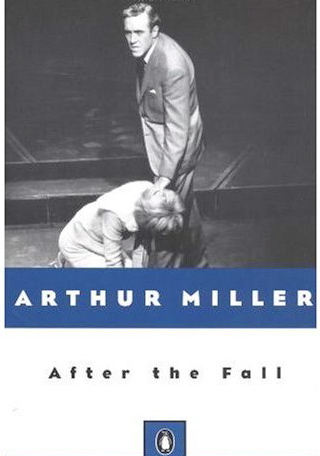.
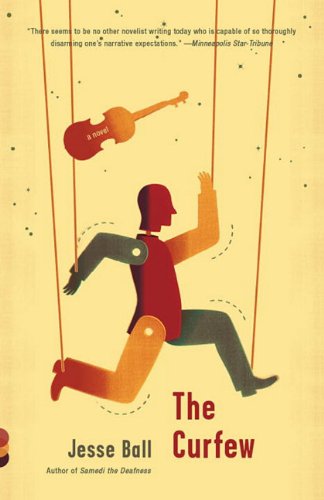
.
Jesse Ball’s third novel, “The Curfew,” is not as ambitious, experimental, or beholden to meta-fictional devices as its predecessors. The new book is more accessible. Shorter too: “Samedi the Deafness” contains 279 pages of text; “The Way Through Doors,” 228 pages; while the “The Curfew” flows fast at 193 pages. At its heart is not a hallucinatory cat-and-mouse game (Samedi), nor a whirling dervish of endless tales (TWTD) — material a few readers found wearying. Here, instead, is an elemental story, set in a perilous universe, of protective love between a father (William, 29, “once-violinist, now epitaphorist”) and his eight-year-old daughter, Molly. You are likely to be genuinely moved.
Upon reaching the end of “The Curfew” I was reminded of Guillermo del Toros’s film, “Pan’s Labyrinth” (2006). In both the novel and the movie we follow a bright and sensitive girl who has been left to her own devices (one parent lost, the other distant) and who now must deal with a violent world overtaken by fascism. In both tales, the trappings of fantasy and fairy-tale become the young girl’s defense against terror and real human misery. Del Toro has explained that elements of his film came from his childhood experiences with “lucid dreaming.” Jesse Ball, also, practices lucid dreaming, and he teaches a course on the subject at the School of the Art Institute of Chicago. (He also teaches courses on “False Identities” and “Lying”.) One predictor of your potential enjoyment of “The Curfew” may be whether you were enchanted and moved by “Pan’s Labyrinth.”
Although the pull of “The Curfew” is more emotional than ever, the author has jettisoned his other signature interests. The things Ball does well in all his fiction he continues to do in “The Curfew.” He gives readers permission to pay attention. He knows how to conjure up off-kilter and perilous environments (here, a military coup has reduced an American city to a condition of pervasive terror). As before, he relies less on the traditional moorings of the novel and more on his own bizarre and generous wit to propel the story. He trusts the reader’s own imagination similarly will rise to the occasion. Saying less means saying more.
Consider, for example, William’s forte as an writer of tombstone epitaphs. His skill rests in finding the right, few words to memorialize a life, or in one case, the right, few words to impart as much about the circumstances of a death as can be borne by the surviving parents:
LISA EPSTEIN
9 years, 24 days.
In the street by our house, it was almost evening.
Ball also knows how to exploit the design of the page — judicious use of empty space, breaks, inserts, irruptions of very large type — in service to the story. He gives you permission, and the opportunity, to pay attention. His prose, though not ostentatiously lyrical, becomes beautiful through his command of rhythm. (No surprise: he is a poet, after all.)
Reading “The Curfew” you come upon many a grace note, many little notes of wisdom: “Magic is either a poverty-stricken necessity or a wealthy fantasy.” “She felt as many well-brought-up people do that her life is a collection, that she is always collecting.” “The effect of irrational beliefs on your art is invaluable. You must shepherd and protect them.” “There’s nothing like the embarrassment of cats.” And — I’m going out on a limb here — I believe Ball was chaneling a memorable dialog moment from “Groundhog Day” on page 33 (compare it to the Phil? Phil? scene, found here) and echoing the “Wizard of Oz” in a guarded-entrance exchange on page 28 (compare the “Why didn’t you say that in the first place!” scene found here.)
While Molly’s perspective is understandably that of childish discoveries, this is something also shared by her artistic father:
For the first time in a long while, William looked down and saw his hands. If you have had this experience, you’ll know just what I mean.
Later, remembering his career as violinist (now forbidden by rulers who’ve abolished music), William reflects on the tension between reality, play, and art:
There is a space in the playing of a virtuoso piece where the violinist must cease to think about the music, must cease thinking of fingerings, even of hands and violins, where the sound itself must be manipulated directly. At such times even to remember that one has hands, that one is playing, is disastrous.
One question the reader of “The Curfew” may be left with is whether Ball has selected the right vessel for his content. He relies heavily on elements of stageplay writing, and of screenplay writing. Music and sound are important. You will encounter the wise old director of the puppet play that occupies the final third of “The Curfew,” who expresses this worry: “There is the matter of what is the glue to hold it all together; I’m not sure this will do.” Would the author’s presentation of “The Curfew” work better in another medium?
But, then, maybe Ball has already responded. The puppet play director explains: “If one person can control every aspect of the performance, then nothing need be lost. Nothing!”
.
Notes:
1. I found the idea of an art form that “gives you permission to pay attention” from a Paris Review Daily piece by Lorin Stein, here. Stein writes: “One thing I like about poems is that you are allowed to stare at them, and think about them, for as long as you like. In this sense, they resemble slow movies, or portraits, or nudes, or most of what we think of as art: poems give you permission to pay attention to a degree that would be rude or embarrassing face to face with, for example, a person.”
2. Jesse Ball’s website (with drawings by the artist) is here. An interview by with the author on the occasion of the publication of “The Curfew” appears online at The Millions, here. Another short interview which exposes how prolific this fellow is, is found here. A revealing interview from 2009 (on the release of his second novel, “The Way Through Doors,” is found here; it delves into lucid dreaming and Ball’s influences, including film. Ball reads one of his poems (?) in the video, here and (same video) here. Then there’s this video (featuring the inspiration for Molly?).
3. A shorter version of my review is posted on Amazon, here.
4. An very enthusiastic review of “The Curfew” by a literary blogger (“When High Praise Isn’t Enough”) is found here. The Fiction Advocate finds a moral dimension (and life lesson) in the book. A laudatory review from NPR, here. The New Yorker weighed in (briefly), here (alas, subscription required).
5. Others disagree. One is Michael Herbert Miller, who finds “The Curfew” to be the “least fulfilling” of his novels: “Clever, yes, but it does not make for a thrilling read. (…) Ball is a breed of anti-Flaubertian …”. Another not-so-enthralled review is found here.
.
